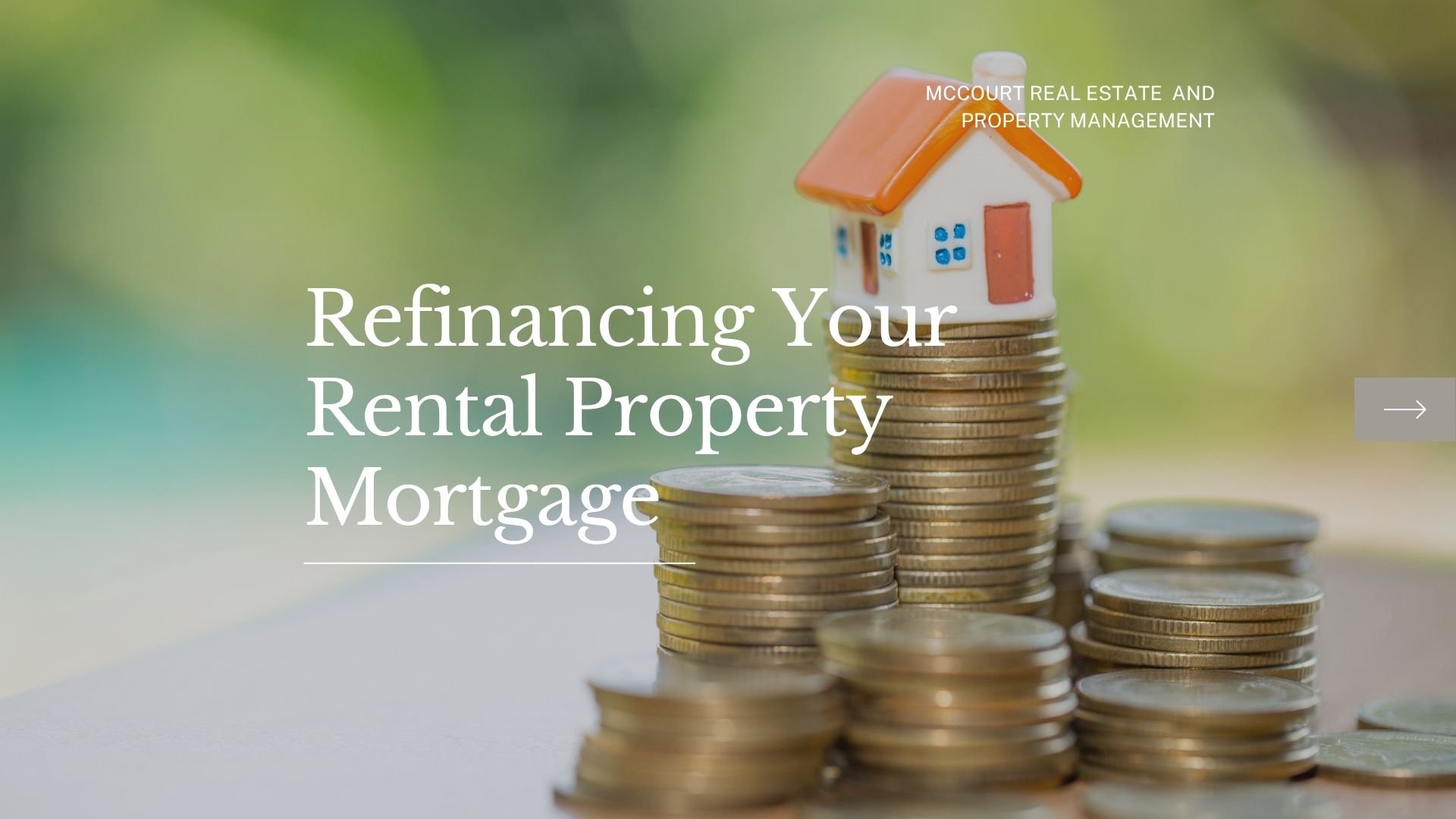
Key Takeaways
- Refinancing Can Improve Cash Flow: Refinancing allows landlords to lower monthly payments, secure better interest rates, or access home equity to reinvest in their portfolio.
- Not Every Situation Calls for Refinancing: Refinancing may not make sense if you plan to sell soon, if current rates are higher than your existing mortgage, or if your credit has dropped.
- Loan Options Offer Flexibility: From rate-and-term to cash-out refinancing, investors can choose from different refinance options based on their goals, like lowering payments or funding renovations.
Mortgages are a powerful tool for building a real estate portfolio, allowing investors to purchase income-producing properties without large upfront capital.
Rental income often helps offset monthly mortgage payments, creating steady cash flow while property values appreciate over time. However, loans, especially adjustable-rate mortgages, can become expensive as interest rates rise, reducing profits and increasing financial risk.
That’s where refinancing comes in. By replacing an existing loan with one that offers better terms, landlords can lower monthly payments, secure a fixed interest rate, tap into home equity, or even free up cash for future investments. Refinancing can be a smart strategy for improving long-term returns without selling a property.
In this guide, McCourt Real Estate & Property Management explains how refinancing a rental property mortgage works, when to consider it, and how to get the best results as a landlord.
OUR PROPERTY MANAGEMENT SERVICES
Understanding How Refinancing Works
Refinancing a mortgage means replacing the current loan with a new one. Ideally, with better terms. Usually, that means securing lower interest rates. But, if that’s not possible, investors can opt to adjust the loan length to reduce the monthly payment amount.

Here are some of the most common types of refinancing investors can choose from:
- Rate-and-Term Refinance: This allows you to replace your current mortgage with a new one. The new loan usually comes with a different interest rate and length, or, in some cases, both.
- Cash-Out Refinance: With this type of refinancing, you can borrow a bigger amount than your existing mortgage balance and get the difference in cash. This is a great alternative for investors looking to make renovations and repairs, consolidate their debt, or make other large investments.
- Cash-In Refinance: Say you have some money lying around. You could use those funds to pay a lump sum toward your mortgage balance. A cash-in refinance can help you qualify for better terms and reduce your monthly mortgage payments.
- Streamline Refinance: This option is only open for specific government-backed mortgage loans.Streamline refinancing usually comes with less paperwork and a faster approval, but fewer term changes, so it’s not always the best option to increase your cash flow.
How the Refinancing Process Works
Refinancing a rental property mortgage can be a time-consuming process. But it’s more than worth it.
.jpg)
Here’s how the entire process typically plays out:
- Define Your Goal: Decide whether you want a lower rate, a shorter term, to switch to a fixed loan from a variable one, or to pull cash out. Your goal will determine the type of loan you should get.
- Review Your Finances: Review your credit score, debt-to-income ratio, and equity. Stronger finances mean better offers. Keep in mind that rental properties often require higher credit and more equity.
- Gather the Necessary Documents: Make sure you have pay stubs, tax returns, bank statements, a current mortgage statement, insurance documents, lease agreements or a rent roll, and IDs in hand.
- Shop Lenders and Loans: Don’t just go with the first lender you find. Shop around and get rate quotes, fees, and estimates from multiple lenders. Compare APR, closing costs, and whether they allow rate locks.
- Get Prequalified: A preapproval confirms basic terms and shows lenders you’re serious. It’s usually conditional on documentation and appraisal.
- Lock a Rate (Optional): If rates are favorable, consider locking in to protect the quoted rate for a set window. Consider a float-down option or a fixed-rate mortgage, if available.
- Appraisal and Inspections: In order to approve your request, the lender will order an appraisal to confirm your eligibility. Some lenders may also require professional inspections.
.jpg)
- Underwriting: Lenders will take some time to verify the provided documents, appraisal, and profitability of your investment. They may request clarifications or additional paperwork during this process.
- Closing Disclosure and Review: After the underwriting, you’ll receive a Closing Disclosure detailing the final cost and terms of the new loan. Review it carefully, confirm you have the necessary funds, and schedule a time for closing the deal.
- Closing: After signing all the required documents, you’ll have to cover closing costs. The previous loan will be paid off, and you’ll start paying the new mortgage. Make sure to update automatic payments, confirm escrow transfers, and track the first new payment to avoid costly mistakes.
Is Refinancing Your Rental Property Mortgage a Good Idea?
Refinancing can be a smart strategy for investors, but it isn’t always the right move. If you plan to sell your rental property soon, refinancing may not be worth it, since closing costs and fees could outweigh any savings.
It also doesn’t make sense when current interest rates are higher than your existing mortgage rate, as this would increase your monthly payments and reduce cash flow.
Refinancing can also backfire if your credit score has dropped or your debt-to-income ratio has worsened, leading to less favorable loan terms.
In these cases, it’s better to wait until your financial situation or market conditions improve. Always evaluate whether refinancing will actually save you money before moving forward.
LEARN WHAT OUR CLIENTS HAVE TO SAY ABOUT US
Bottom Line
The most successful investors know how to use leverage in their favor. Getting a mortgage to pay off an investment property is great for preserving your capital, spreading risk across multiple properties, and maximizing returns while tenants’ rent helps cover monthly payments.
This is the key to building long-term wealth without tying up all your own funds.However, sometimes circumstances can change or interest rates can rise significantly, making it hard to pay off the current mortgage.
That’s when refinancing comes in! Refinancing can help you secure better terms, improving your cash flow and ensuring your rental property remains a profitable venture.
Want to know whether you should refinance your Midland rental property? Contact the team at McCourt Real Estate & Property Management for guidance!